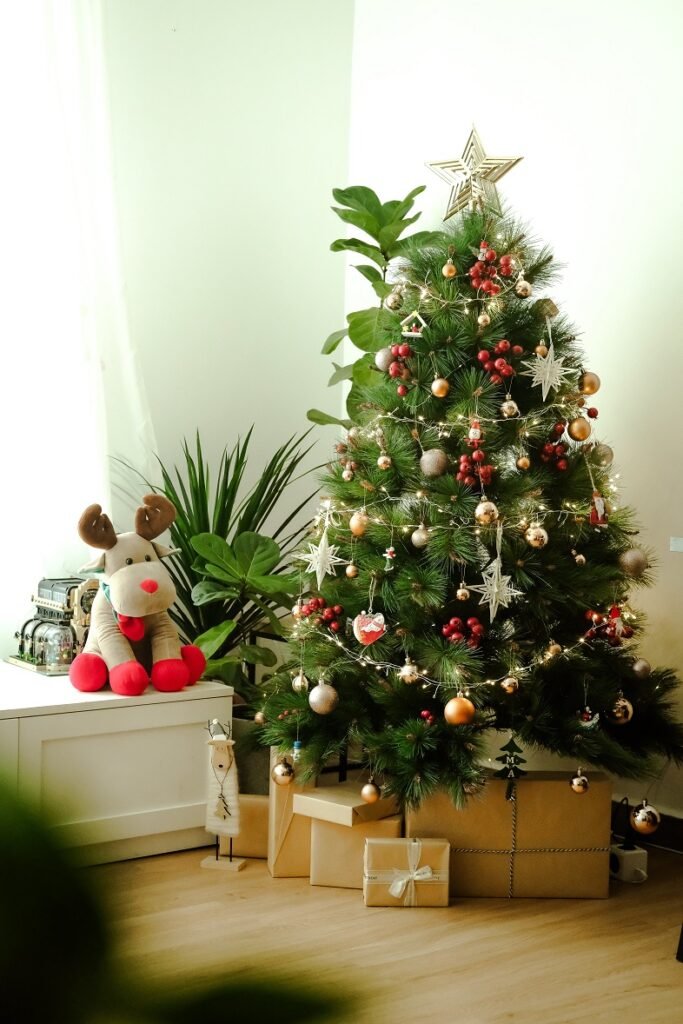
Dec 26: The holiday season is a time of joy, festivities, and traditions. One iconic tradition for many families around the world is decorating a Christmas tree. However, amid the glittering lights and festive ornaments, there exists a lesser-known concern known as “Christmas Tree Syndrome.” This term refers to a set of respiratory symptoms that some individuals may experience due to their Christmas trees, particularly live ones. In this article, we will explore what Christmas Tree Syndrome is, its potential causes, and how individuals can mitigate health risks during the holiday season.
What is Christmas Tree Syndrome?
Christmas Tree Syndrome, also known as pine tree syndrome, is a term used to describe respiratory issues that may arise from exposure to mold spores, dust, and other allergens associated with live Christmas trees. While the condition is not widely recognized, several studies have highlighted the potential respiratory risks associated with bringing live trees indoors.
Causes:
Mold Spores:
Live trees, especially if they have been stored in a moist environment, can harbor mold spores. Once brought into a warm indoor setting, these spores can become airborne, triggering allergic reactions in susceptible individuals.
Dust and Pollen:
Christmas trees, whether live or artificial, can collect dust and pollen during storage. When unpacking or setting up the tree, these particles can be released into the air, causing respiratory irritation.
Volatile Organic Compounds (VOCs):
Some live trees may emit VOCs, which are organic chemicals that can contribute to indoor air pollution. Inhaling these compounds can be problematic, especially for individuals with respiratory sensitivities.
Mitigating Christmas Tree Syndrome:
Choose the Right Tree:
Opt for a freshly cut tree with minimal signs of drying or needle loss. Shake the tree before bringing it indoors to remove loose needles and debris.
Prevent Mold Growth:
Store live trees in a cool, dry place before bringing them inside. Avoid exposing the tree to excess moisture, as mold thrives in damp conditions.
Tree Preparation:
Before setting up the tree, give it a good shake outdoors to dislodge dust and pollen. Consider hosing it down and allowing it to dry thoroughly to minimize the risk of allergens.
Proper Ventilation:
Ensure adequate ventilation in the room where the tree is placed. Open windows periodically to allow fresh air circulation and reduce the concentration of airborne particles.
Artificial Trees:
If Christmas Tree Syndrome is a recurrent issue, consider using an artificial tree. Be sure to clean it thoroughly before setting it up to remove any accumulated dust.
Conclusion:
While Christmas Tree Syndrome is not a widespread concern, understanding its potential causes and taking preventive measures can help individuals enjoy the holiday season without compromising their respiratory health. By choosing the right tree, preparing it properly, and maintaining good indoor air quality, families can continue to celebrate the magic of Christmas while minimizing health risks associated with live trees.
By
Sujata Muguda
Shreyas WebMedia Solutions
Leave a Reply